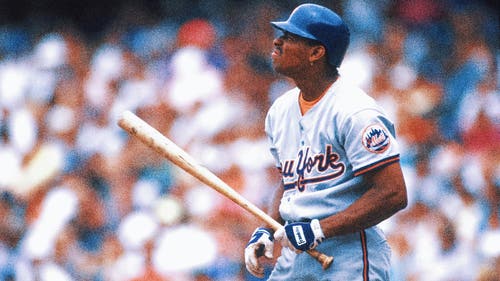
Kapler: Red Sox risk of signing Sizemore could pay off big time

Oft-injured MLB players should consider taking a full year off near the middle of their careers.
Between 2006 and 2008, Grady Sizemore was the best all-around player in the AL posting a combined WAR of 21.1. For context, that’s better than A-Rod when he was A-Rod. On Thursday, the Red Sox signed Sizemore for a base salary of $750,000. He could earn up to $6 million.
I remember sitting and chatting with Boston third baseman Mike Lowell, when I was with the Red Sox in 2006. We stared across the diamond at Sizemore. We marveled at this man’s talent. There was absolutely nothing he could not do. His complete package of tools and production was the best in all of the sport.
Sizemore is 31, and has now had two full seasons off after an avalanche of injuries. In those two years, his muscles have had ample time to repair themselves and, perhaps more importantly, his mind has had a break from the grind. Players may regress in production and health, but their extreme talent doesn’t disappear at this age.
“If healthy, Sizemore would compete for playing time in center field with rookie Jackie Bradley Jr. in spring training,” Boston.com reported.
Let’s get one thing straight: If Sizemore is truly healthy, he won’t be competing for playing time. He’ll be an All-Star. If he can be 75 percent as productive as he was in in 2006, that would make him a 5.8 WAR player. That’s elite (Robinson Cano was a 6 WAR player in 2013.)
This isn’t the most likely scenario, but from my own experience, I can tell you that it’s possible. I’m not betting against him. Given the upside potential, the roster spot and $750,000 is a gamble unequivocally worth taking.
I tore my Achilles’ tendon in September 2005. It robbed me from contributing to our playoff run, and I wouldn’t be back on the field at Fenway Park again for nine months.
Upon my return in 2006, I had zero burst on the bases and in the outfield, so I was especially intrigued by Sizemore’s first-step quickness that season. I was wondering at that point if I would be fast again. I compared myself to Sizemore playing the outfield; it felt like I was standing still watching balls skip past me in the gaps. I was 30 years old and clearly declining.
At the conclusion of 2006, it had been more than a year since my injury. The Red Sox approached me, respectfully, to inquire if I’d like to manage in their minor league system. While it was a clear indication they had no intention of re-signing me, at the same time, it was an extraordinary compliment. I accepted, remembering those moments on the field when my body told me to kick rocks when I asked it to perform. I assumed my playing days were deceased.
I managed during 2007, and by season’s end, my body had bounced back from the Achilles injury beautifully. It had been two full years, and many of my aches and pains were gone. I began to take BP and throw, and recognized that I was capable of returning to the majors.
I understood that this was no small commitment. The grind of 162 games, plus spring training, plus postseason would once again flex its muscles and attempt to snatch my health, physically and mentally.
At 32, but feeling fresher and more invigorated than I had in years, general manager Doug Melvin and the Milwaukee Brewers presented me with a shot in 2008. I posted what I believe to be my most consistent season as an MLB player recording a wRC+ of 119.
I played several more years with the Tampa Bay Rays before winding down, this time with my mind, body and spirit in more agreement that it was time; although as players we may never be totally in harmony with a decision to shut it down.
During my break from playing, I relaxed mentally and redeveloped my intense passion for the game. In 2006, I woke up every morning and dreaded the ballpark. I knew how difficult it was to even prepare my body to go out and play. When I was in the lineup, I knew just how large the disadvantage would be. This thought process is not conducive to success.
I imagine that Sizemore began to feel similarly as he fought his way through the seasons in 2010 and ‘11. Now, he can shoot for the stars. He may fall short and hit the moon.










